Unusual pistols Karel Krnk
Photo www.forgottenweapons.com
He suddenly felt like
as if Tsvetkov had already graduated from that school,
where it was just placed. - In battle?
Cherry, "Cupid's bow", heavily carved lips
Tsvetkov trembled, but, as if having thought better of smiling,
he frowned and said slowly:
- A child's cry occurred in our medical battalion.
They barely turned around, and I lay down to sleep in a dugout -
landing. And I sleep soundly, I must report to you.
I woke up - I hear a big gentleman's set:
knives, bastards, they cut our doctors,
- then it turned out.
I had a Korovin pistol then.
And near the trestle bed - a window.
I see shaped officer boots.
Ober-lieutenant is standing, admiring.
I've been aiming for a long time, you can't miss here.
To the best of my knowledge of anatomy,
so, you know, the atlas turned over before my eyes.
Well shot, elegant!
Yuri German "My dear man",
stories about weapons. Last time we remembered the very first automatic pistol of two titled Austrian gunsmiths. But God, apparently, was so pleased that it was in the Austro-Hungarian monarchy that more pistols were designed at the end of the XNUMXth century than even in such countries as, for example, England or the USA. And although at first glance they were rather unsightly in appearance, and they did not differ in high combat characteristics, nevertheless they were the first and in their own way paved the way to the future for everyone else. Well, they were created by a variety of people, both casual and hereditary gunsmiths. And today we will tell about one such designer and his pistol.
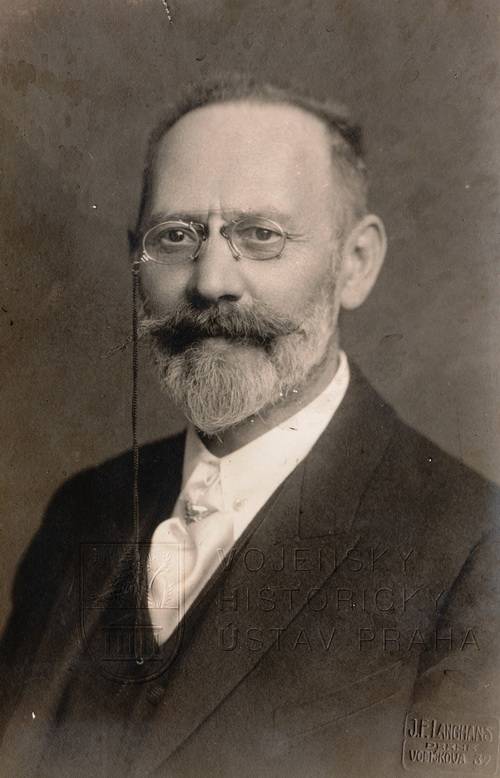
And it so happened that in 1858, in the family of the Bohemian gunsmith Sylvester Krnk, a famous inventor and creator of a number of rifles, one of which, by the way, was adopted by the Russian Imperial Army, son Karel (1858-1926) was born. He was born in the city of Oradea in the Austrian Empire (today it is part of Romania), and in his younger years he served in the Austro-Hungarian army as a technician, participating in the development and improvement of existing service rifles.
After leaving the army, he worked mainly in Prague, then went to the UK, where he briefly served with the Gatling Arms & Ammunition Company in Birmingham. In 1890 he returned to Prague, where he became a patent attorney, began designing his own pistols, and in 1898 he was hired by the industrialist Georg Roth as manager of his cartridge factory. Working with Roth, he developed several self-loading pistols, the most successful of which was the Roth Steyr M1907.
Roth died in 1909, and Krnka went to work at the Hirtenberger cartridge factory in Austria. In 1922 he returned to the newly independent Czechoslovakia and became an adviser at the Czech Zbrojovka plant, where he worked until his death in 1926. But even though he followed in the footsteps of his father, he was interested not in rifles, but in pistols, and the most modern ones at that time - automatic ones.
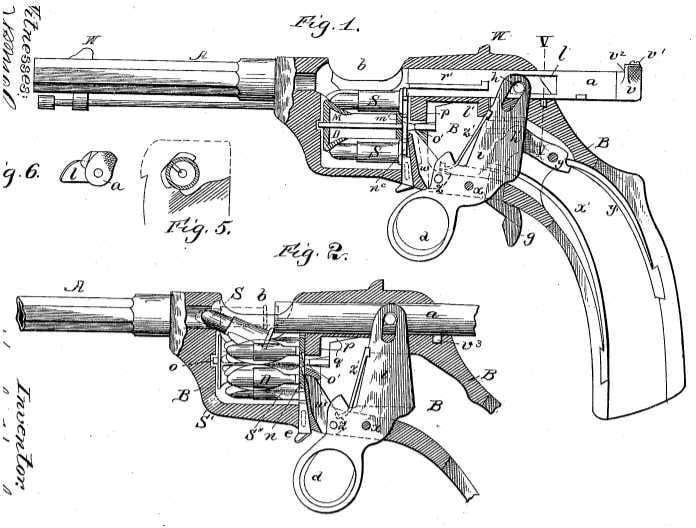
And as a result, he gained considerable fame among their creators and even, moreover, stood on a par with those whose samples were not only created and tested, but were also put into service, and in droves. Karel received his very first patent for a magazine-fed pistol in 1888. Moreover, it was not automatic, but was controlled by a lever with a ring at the end, into the slot of which the trigger was included. His shutter was longitudinally sliding, but the power was supplied from a cylindrical clip for six rounds, located well, completely along the revolver!
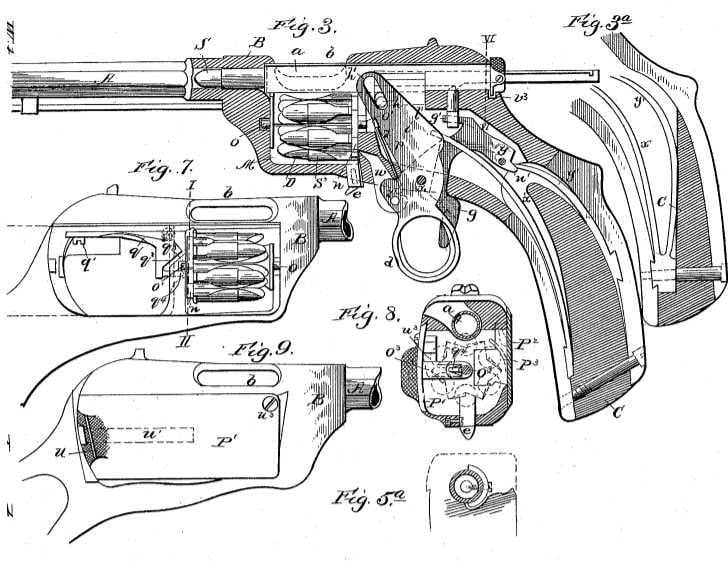
This pistol was released after the inventor returned from Birmingham to Prague (the Czech Republic was then part of Austria-Hungary), which is why it is most often called the Model 1892. Subsequently, Krnka abandoned further development and improvement of this basic design and concentrated all his efforts on automatic pistols.
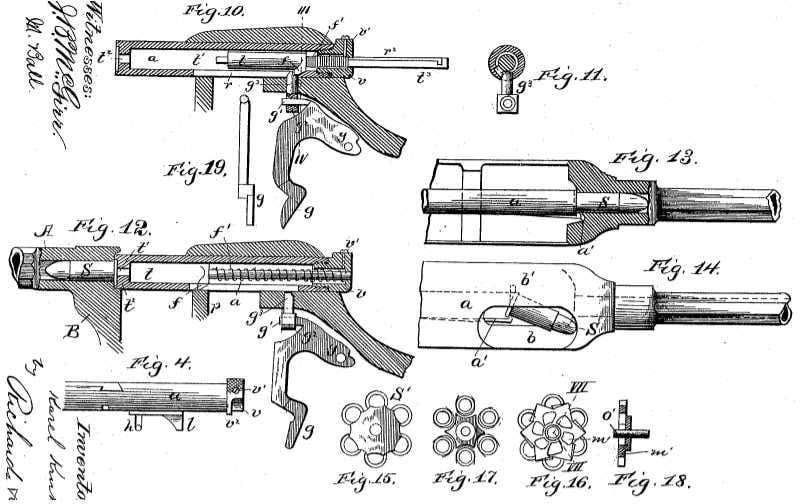
Already in 1895, he patented the design of a pistol, in which two of his main ideas were embodied, which later became characteristic of all the pistols he invented. First of all, it was a permanent store, located in the handle, and equipped with cartridges from a clip, which was inserted from above into the open bolt.
However, in this case it was not so much his idea as the requirement for a pistol of the then military. It was believed that the interchangeable shops of the shooter would ... lose that he was more accustomed to filling the magazine from the clip, like a rifle, rather than inserting them into the handle from below. “The magazine can fall out of the handle at the most inopportune moment!” - many people said at that time and ... Karel, of course, could not help but listen to what the military said, for whom he, in fact, worked.
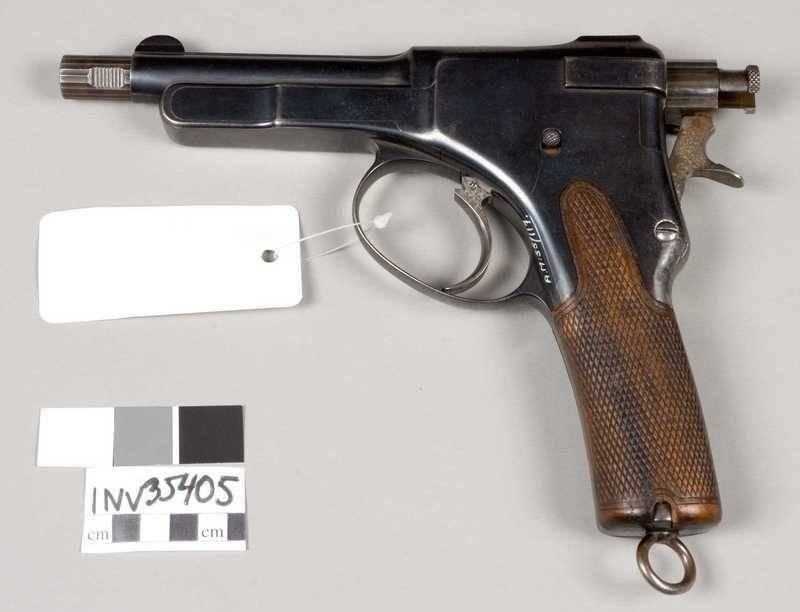
The second feature of his pistols was a movable barrel, and on the pistol model of 1895, automatic operation due to the long stroke of the barrel is a rather rare example of the use of this type of automation in short-barreled weapons.
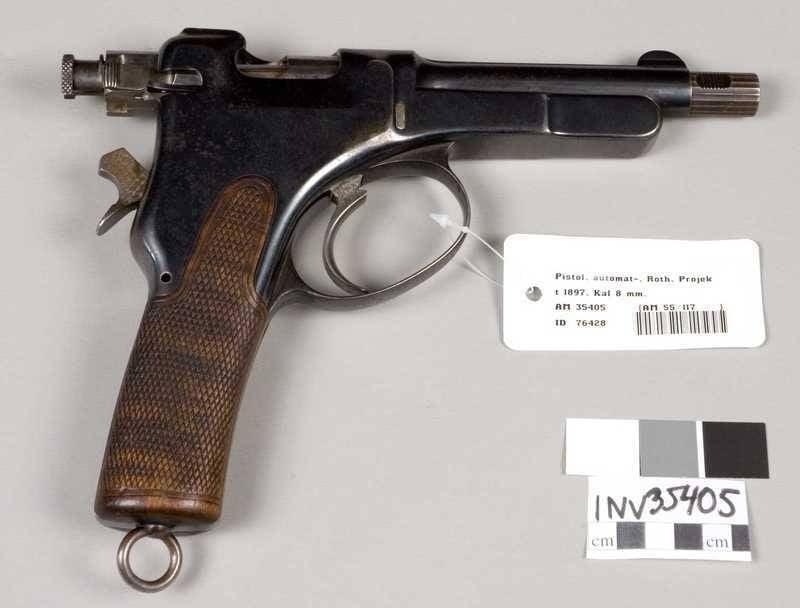
After the shot, the barrel and bolt, being linked to each other, moved back together all the way so that they even passed over the magazine receiver. Only when it reached the end, the bolt turned around its axis, disengaged from the barrel and remained in place for some time, while the barrel went forward, pushed by the spring, and returned to its previous position. When the barrel stopped, the bolt began to move forward. At the same time, he sent the cartridge into the chamber, and then again turned in the opposite direction and firmly engaged with the barrel. Well, the cartridge primer was broken by a drummer, on which an open trigger hit.
Interestingly, at a time when automatic pistol magazines were filled with 5, 6, 7 and 8 rounds and it was believed that this was quite enough, at Karel his handle magazine was filled with ten rounds at once, and not just from a clip, but from a clip equipped for convenience with a special pusher.
This is how the Krnk model 1895 pistol first appeared, then the improved model M1899 and M1904. True, they were all experienced and were not in service with any army. All of them are characterized not so much by practicality as by the originality of the design ideas embedded in them. And although they were produced and sold on the market, the number of samples produced was so small that today they are practically not found, they are very rare and very interesting for collectors.
TTX pistol Krnka M1895
Caliber: 8x21 mm "Rot-Krnka"
Overall length: 265 mm
Barrel length: 170 mm
Weight: 0,980 kg
Shop: 10 ammo.
In 1899, the first sample of the Krnka pistol was proposed with a short stroke of the barrel with locking using its rotation.
The design of the Krnk M1899 pistol was similar to Browning's 1897 patent, in which a return spring was worn on the barrel. But the USM on it was not a striker, but a trigger. The barrel was also movable, the locking system was rigid. That is, the shot occurred when the barrel and bolt were engaged with each other. The store of the previous capacity of 10 rounds was loaded from above from the clip.
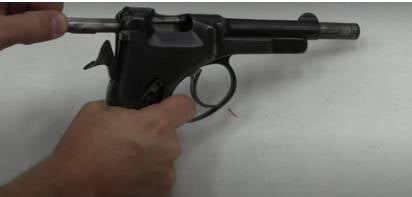
Photo www.forgottenweapons.com
In 1904, Krnka assembled this sample, after which it was this model that became the prototype of the famous Rot-Steyr M1907 pistol. First of all, the designer removed the return spring under the barrel.
The first really big success came to Karel Krnka only after he began to work closely with Georg Roth and released the Repetierpistole M7 (“Roth-Steyr” M1907) pistol, which entered service with the Austro-Hungarian army. This circumstance turned out to be the best advertisement for this pistol. Although, in fact, this did not affect the fate of the designer himself so much.
The fact is that all the most successful Krnk pistols were produced under false names, for example, Rot-Sauer, Rot-Steyr, Steyr, which is why the role of Krnk himself in their development was underestimated for quite some time.
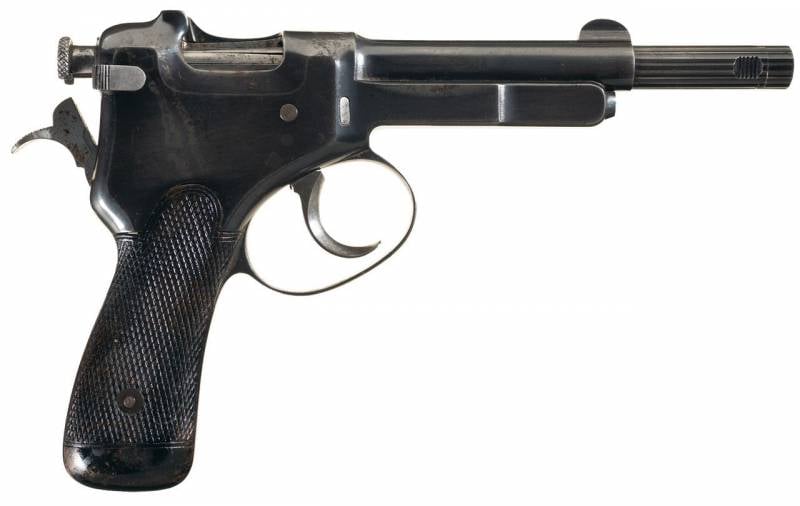
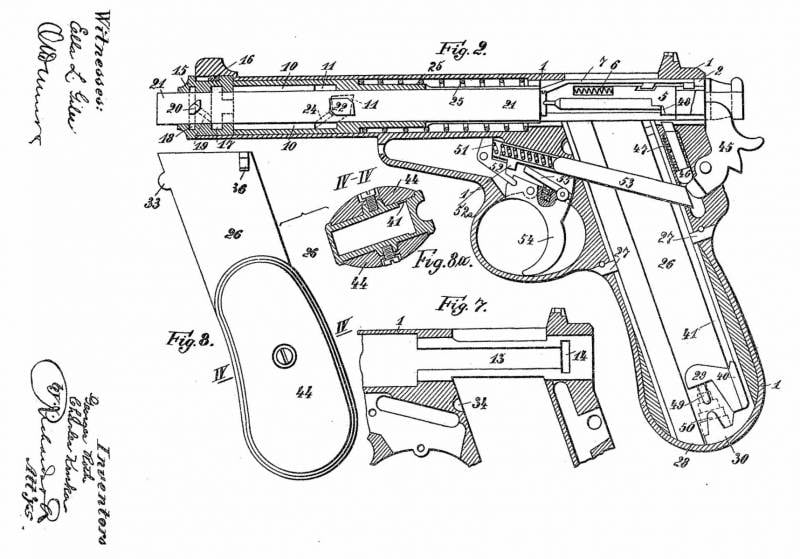
Information